How to Use 'Omiyage' in the Workplace
When you return from a vacation in a Japanese workplace, it's customary to give omiyage, or souvenirs, to your coworkers as soon as you get back. More than just a nicety, effective omiyage use can actually play a big part in fitting into your working environment!
By Michael Kanert1. Why Give Omiyage at Work?
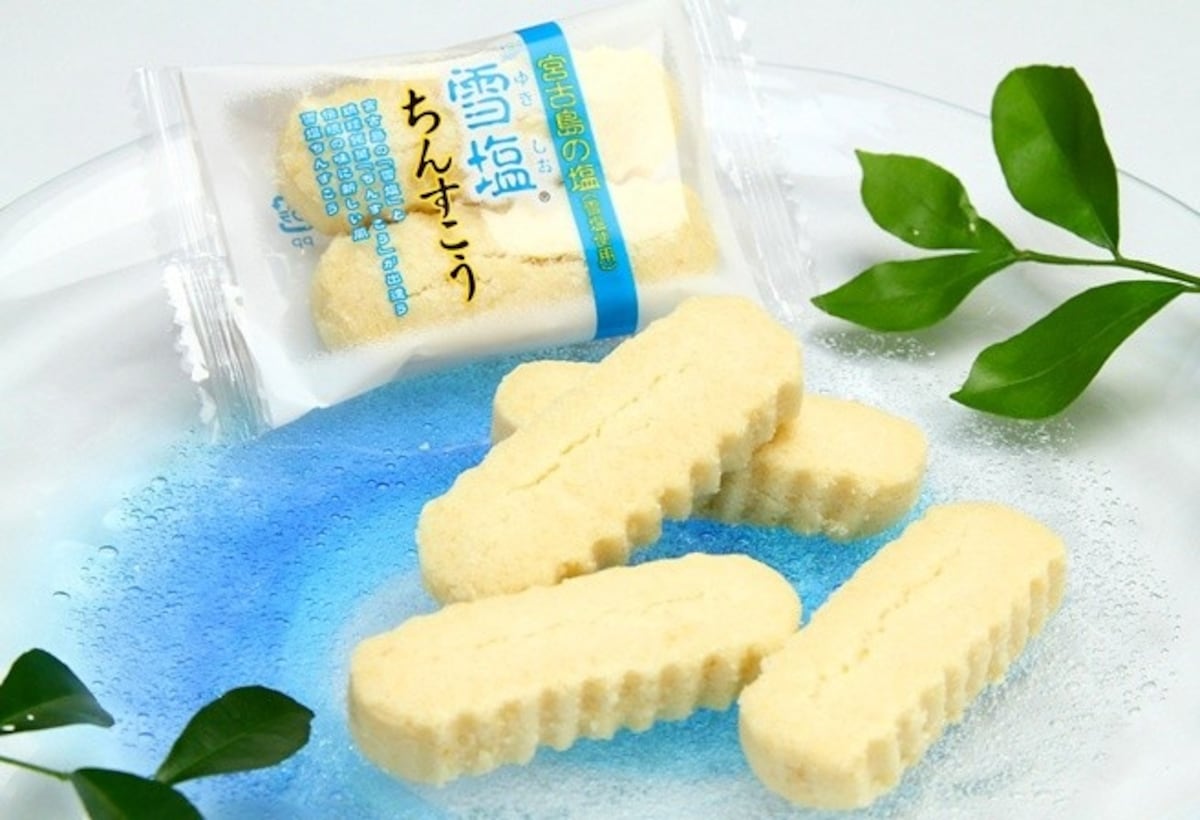
https://allabout-japan.com/en/article/2453/
The history of omiyage in Japan likely traces back to religious pilgrimages, with the idea that a gift from your travels served to share blessings upon your return. This gradually expanded to sharing any kind of travel experience through a gift, and the development of Japan's national train lines meant that soon every major station was hawking some kind of unique local product for tourists to bring back. So offering omiyage at work is a nice way of letting your less-traveled coworkers feel like they were included in your experience.
On the other hand, if you took time off while others were still working, omiyage are vital to making a smooth transition back into the office. They serve as an acknowledgement that your coworkers put in an extra effort while you were away, and by giving something in return, you are equalizing your relationship and maintaining the wa—often translated as "harmony" or "balance"—that is so important to Japanese society.
So taking part in office omiyage culture is a big part of fitting in—so much so that it's common to bring gifts back from business trips as well!
2. What to Buy
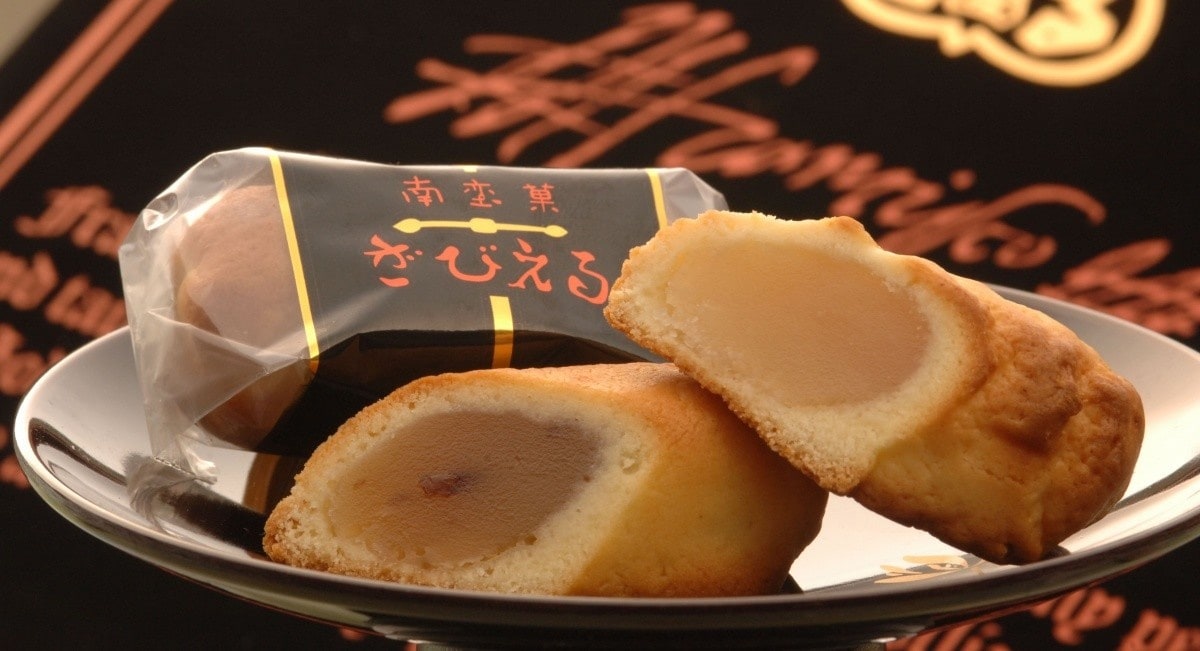
https://allabout-japan.com/en/article/1797/
When you travel in Japan, you'll invariably be asked not if you saw the top tourist sites, but if you ate the local specialty. It follows that the best thing to give upon your return is food—or, more specifically, snacks.
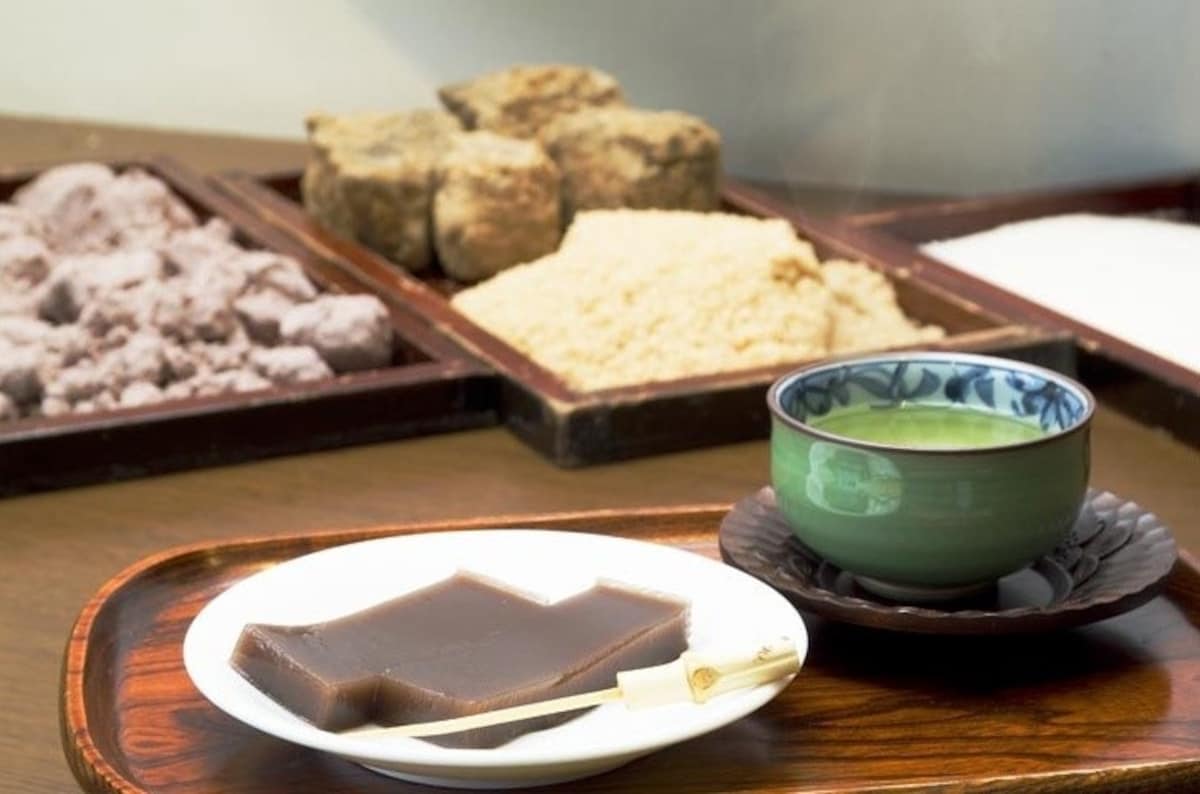
https://allabout-japan.com/en/article/1717/
While every region will have a broad selection of snacks all clamoring to be "the one" to buy, there are four key things to think about when making your purchase: numbers, price, weight and distribution method.
What do we mean? Well, while it's great to buy traditional sweets like mizu yokan (pictured above), they're both heavy and a hassle to distribute at the office. Snacks like these often have to be cut to be served, and you may need to provide a tissue or plate on which to eat them. While there's nothing wrong with these kinds of snacks, if you want to make things simple for yourself, go for sweets that are individually wrapped so they can be handed out easily.
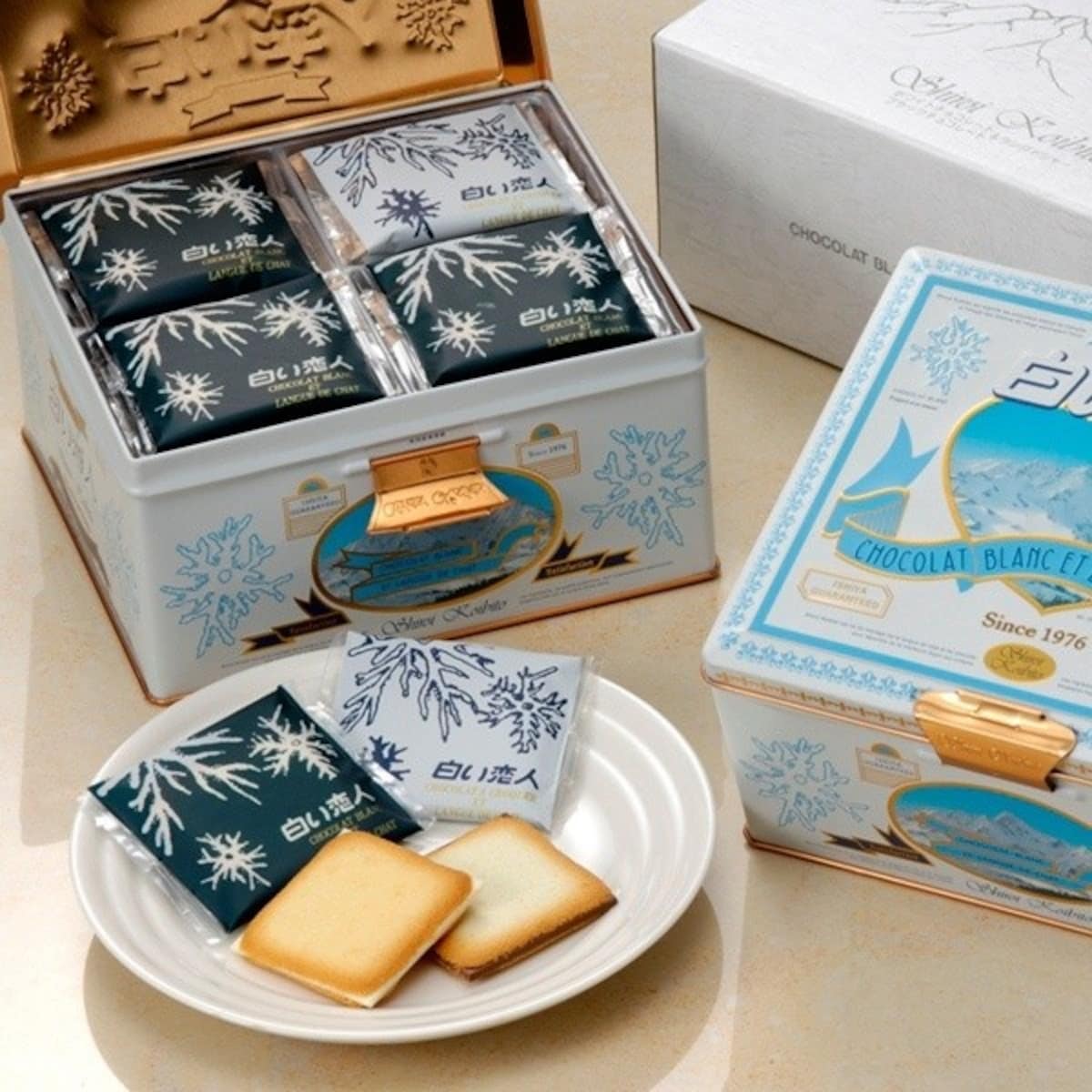
https://allabout-japan.com/en/article/1823/
Individual wrapping also makes it easier to ensure that you have enough omiyage to share with everyone in your office—and if you have so many people that you might lose track, be sure to do a head-count before you leave! (If there are hundreds of people in your office, just the members of your team will do.)
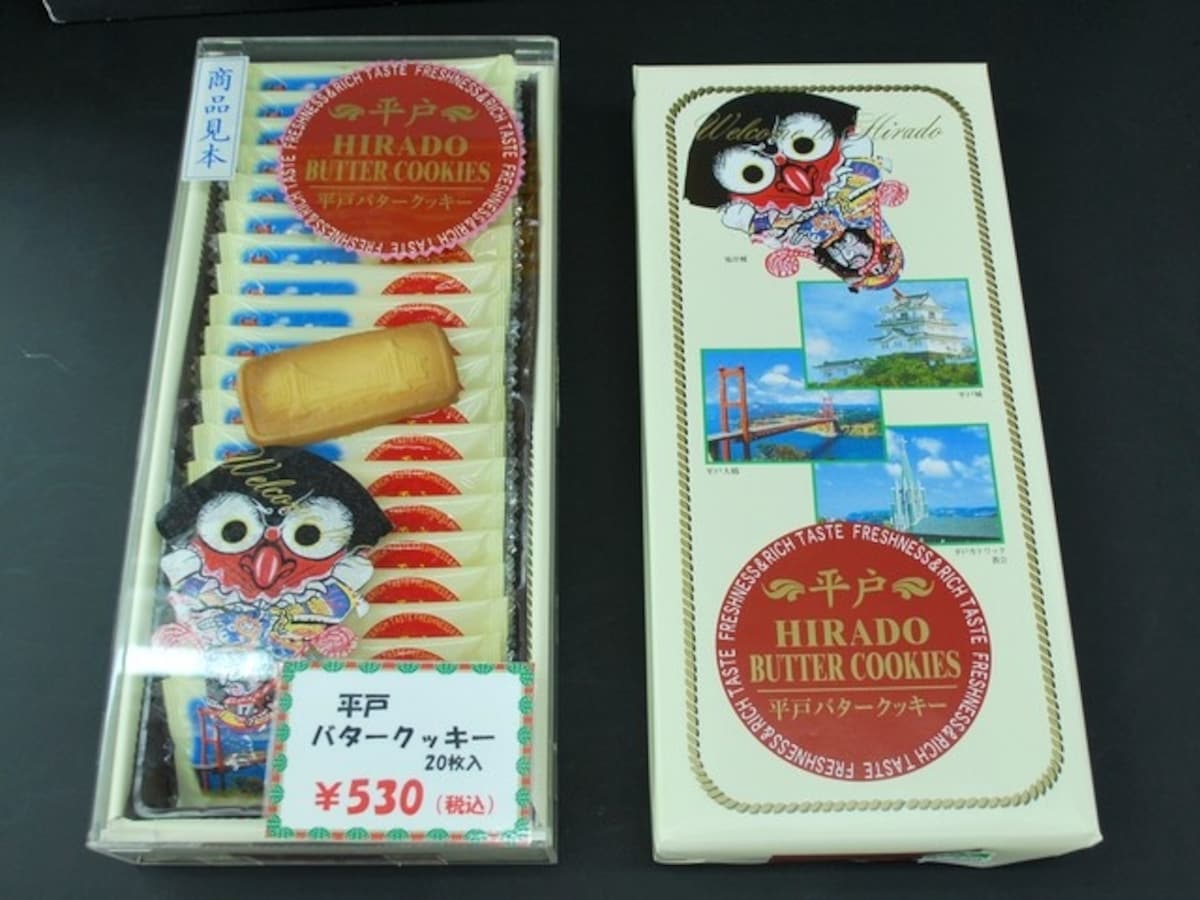
http://hirado-bussankan.com/index.php?main_page=product_info&products_id=23
Most train station omiyage shops will clearly label the number of items in each box. The key is to look for the part of the label that says 12個入 or 20枚入 or similar. 個 (ko) is a counter for general objects, while 枚 (mai) is a counter for flat ones. 入 (iri) simply means "included" or "inside." So 20枚入, as above, means "20 pieces inside."
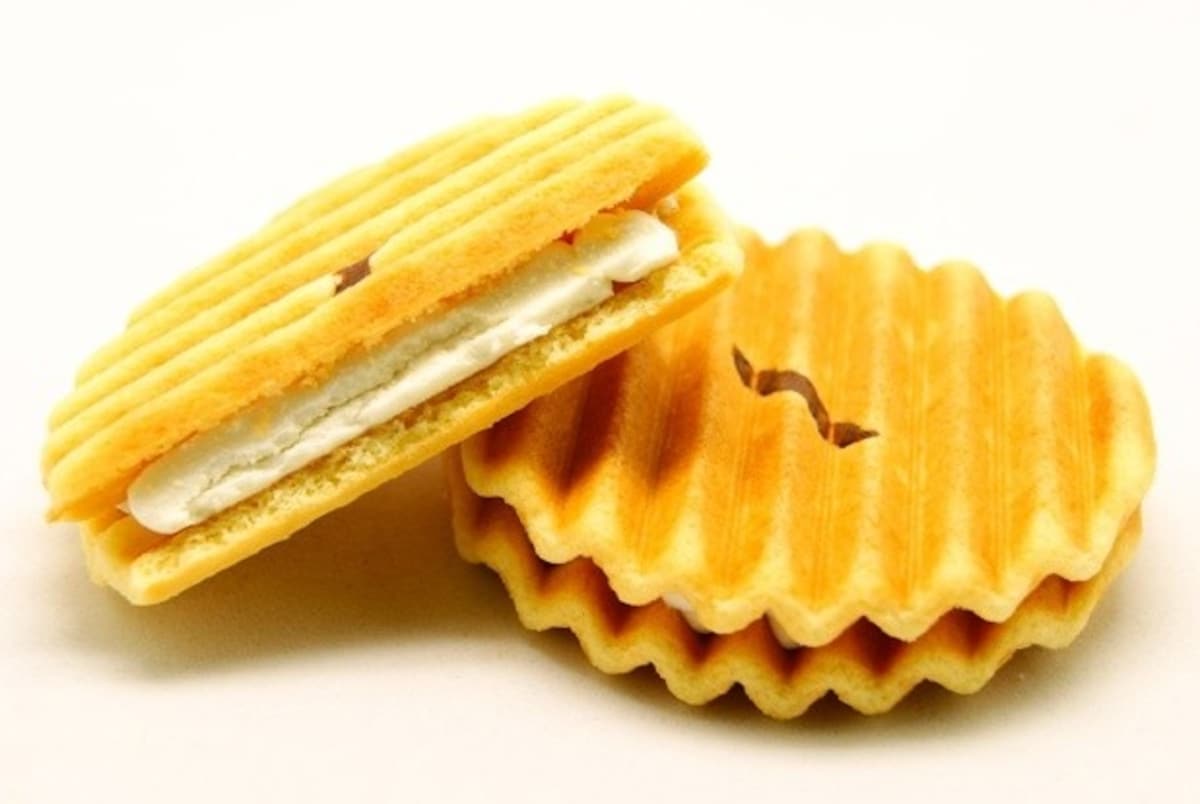
https://allabout-japan.com/en/article/1699/
Another key factor is price; nobody wants you to go broke buying presents. While senju senbei (above) are absolutely delicious, they go for a premium of around ¥135 each. If you have more than a handful of coworkers, you're better off grabbing some yatsuhashi to bring back from Kyoto. However, yatsuhashi are both heavy and have the problem that they're not individually wrapped, and tend to dry out if left open too long—something else to consider if your coworkers aren't all around at the same time.
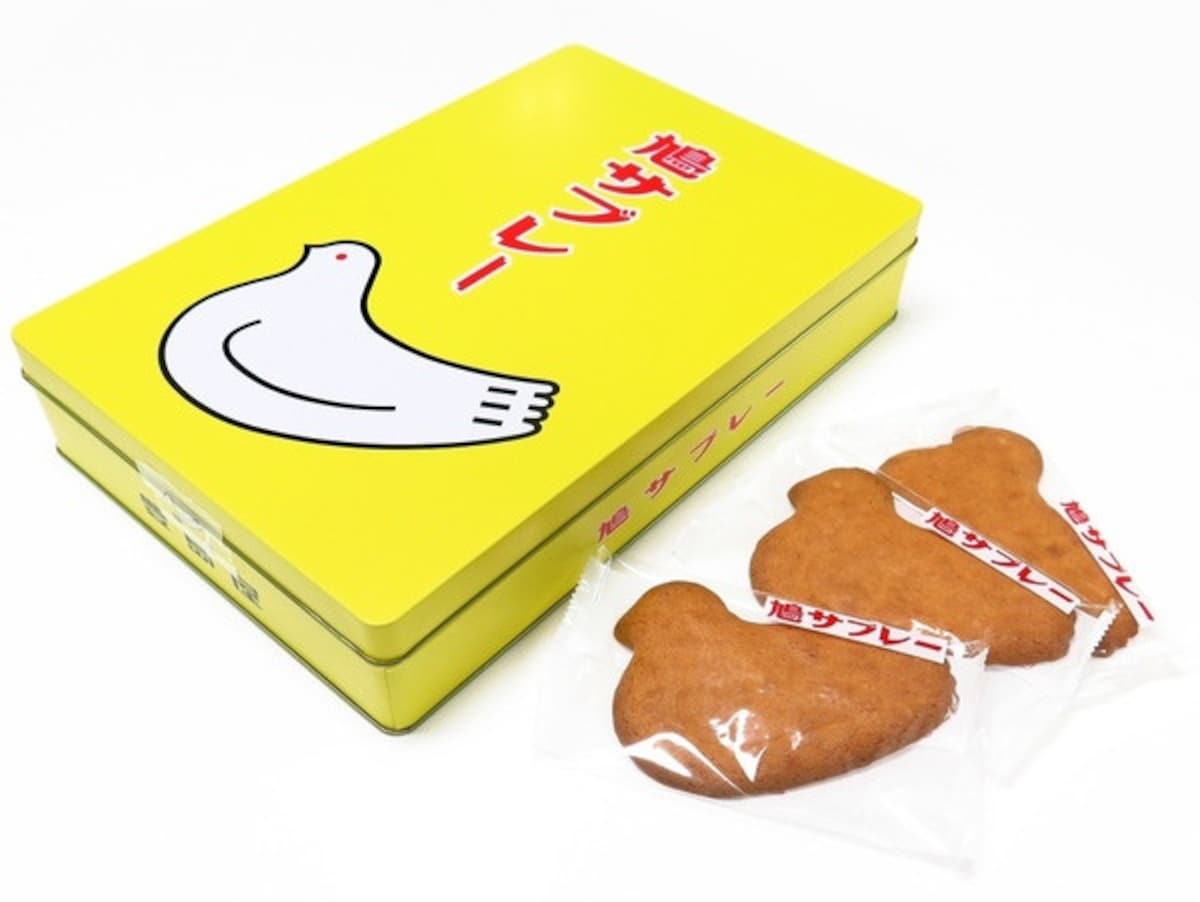
http://store.shopping.yahoo.co.jp/c3r5cb4urrrafckfx43ixiyrdm/ni3abh0sjc.html
When you have lots of office-mates, a safe default is Sablé cookies, which tend to be cheap, light, and come with dozens in a box. While the hato sabure above are a characteristic gift from Kamakura, you can usually find a few boxes of more generic, rectangular Sablé cookies printed with images of local tourist sites pretty much wherever you happen to be. These aren't going to have the greatest "wow" factor, but when you have lots to buy, they offer a great balance with regard to numbers, weight, price and distribution.
3. How to Give Out Omiyage
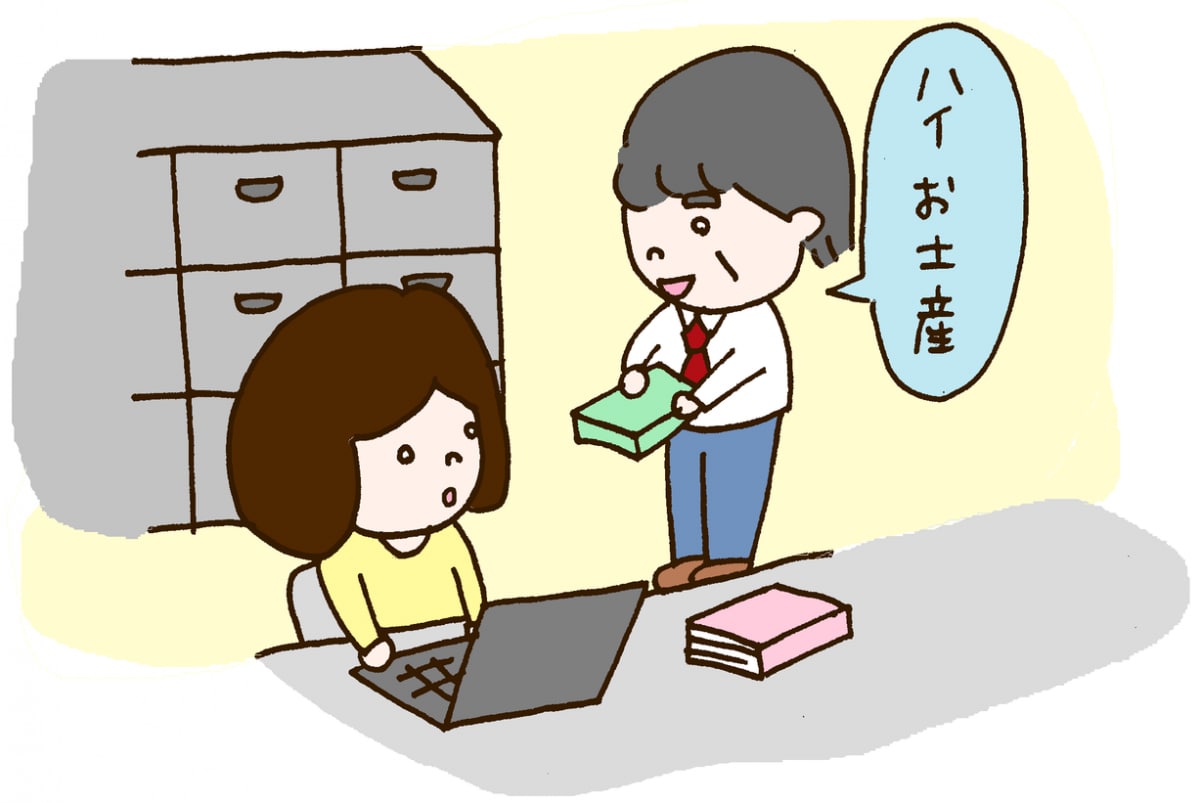
http://blog.livedoor.jp/kyouhoshikirei/archives/1012519743.html
Just like office drinking parties, or enkai, omiyage are, more than anything, an excuse to create interaction. So don't just drop your box of snacks on a table and tell everyone to dig in—open your box and carry it around to the people in your team, offering each a chance to take one in turn.
Surprisingly, there isn't really a fixed expression for handing out omiyage. The textbook phrase is, "Kore, tsumaranai mono desu ga..." ("This isn't much, but..."), but it's pretty stiff and nobody says it. "Dozo" ("Here you are") is actually perfectly fine, and the guy in the image above is just saying, "Hai, omiyage" ("Here: presents!").
Of course, if you want to show some serious chops, you can try saying, "O-kuchi ni au ka wakarimasen ga..." ("I don't know if you'll like it, but..."). But it's not necessary—people know omiyage when they see them!

https://allabout-japan.com/en/article/1699/
The key is that, by handing omiyage out in person, not only do you look approachable, but it also gives your coworkers an easy opening to ask you about your vacation: "Oh, yatsuhashi! Did you go to Kyoto? What did you like best?" Even if you've gone somewhere nobody knows—or chosen an intentionally atypical snack—you can explain how the food is connected to the region and strike up a conversation in a different way.
This is also a great chance to interact with people you seldom speak to. If you teach in a school, it's an opportunity to break the ice with that scary vice principal, or an excuse to knock on the principal's door. They'll surely appreciate that you thought of them!
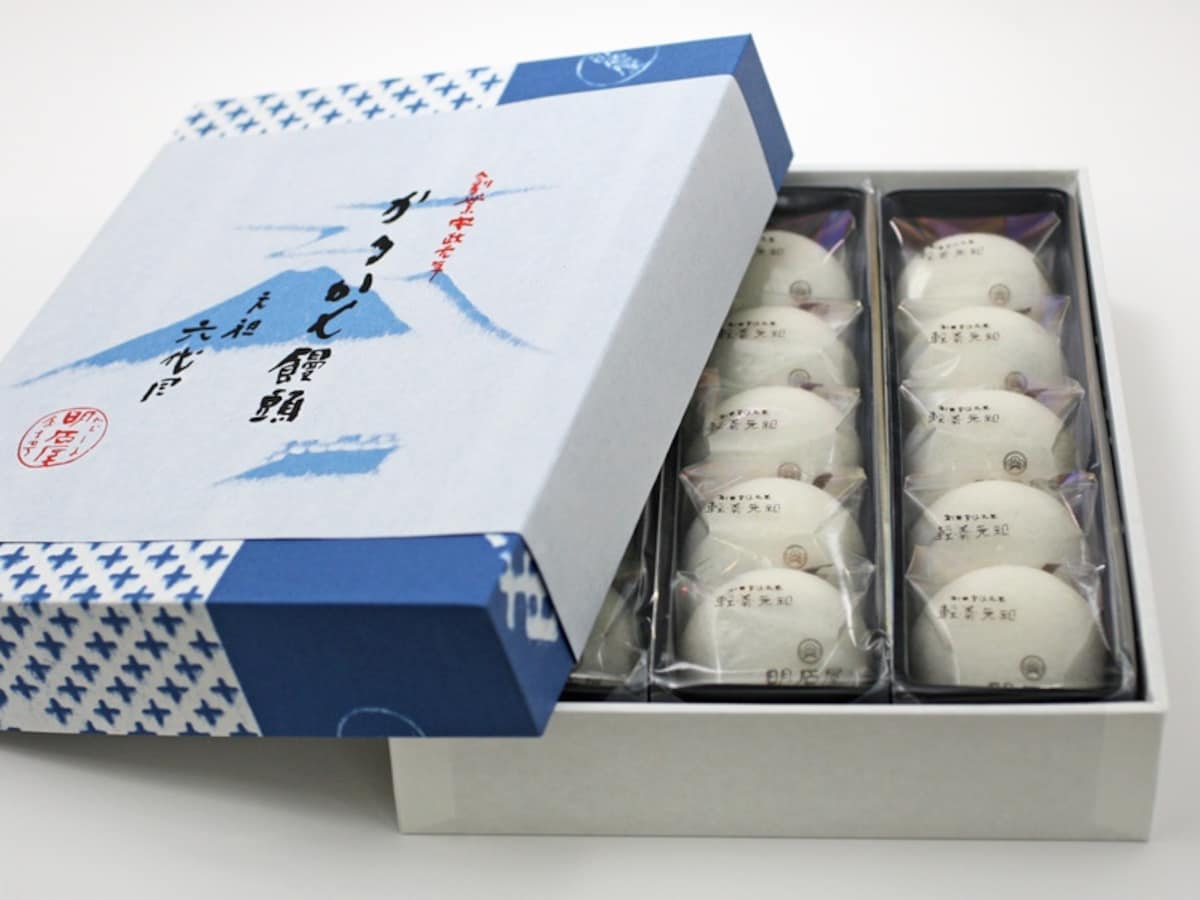
https://omiyagate.jp/omiyage/kagoshima
Once you've done the rounds, it's best to leave a snack on the desk of each person who might be away. When they come back, they'll ask who it's from and they'll learn that it was you!
Now, finally, you can leave the rest of the box on a table for people to dip into at their leisure—or sneak a few for yourself! If you've chosen individually wrapped snacks, they should still be good for a few days.




